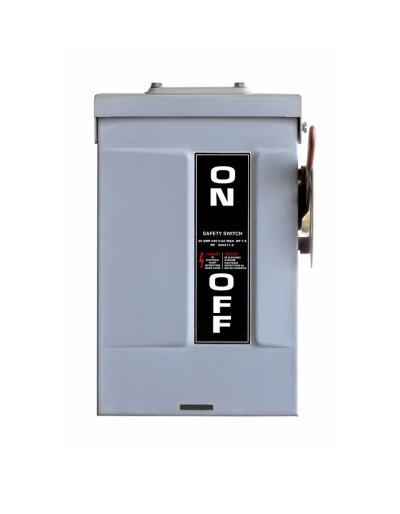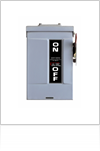It is easy to make a number of wiring mistakes that can lead short circuits, electrical shock, or even fire. The following article will review some of the common electrical wiring mistakes that can be avoided by adhering to professional electrician protocol. If you need help wiring your building, be sure to call a reliable commercial or residential electrician near San Jose .
Connecting to Outside Electrical Boxes
Always turn off the power at the main panel before working on electrical wiring . Avoid connecting wires outside of electrical boxes. If connections aren’t contained inside an electrical box, install one and connect the wires into it. Install the electrical box flush to the wall surface if the wall is made of  combustible material. Cover the exposed combustible material with a box extension to prevent a potential fire hazard. Never overload a box with wires; install a larger box if needed.
combustible material. Cover the exposed combustible material with a box extension to prevent a potential fire hazard. Never overload a box with wires; install a larger box if needed.
Cutting the Wires Too Short
Wires that are too short make connections difficult and dangerous. The wires should protrude at least three inches from the box. An electrician can install a wire extension to your existing wires to strengthen the connection and make them safer.
Leaving Cables Unprotected
Never leave plastic-covered cable unprotected. If left exposed between framing members, plastic-sheathed cable is easily damaged. According to electrical code, cables must be protected in these areas, especially when the cables are run over or under ceiling or wall framing. Your electrician can protect exposed plastic-sheathed cable by installing a protective board. Cable that is not secured can become strained. Our electricians can connect loose cables to a metal box or to an approved cable clamp.
Using Loose Outlets and Switches
Loose switches and outlets are not only unattractive, but they’re dangerous. Outlets that are loosely connected will move around, causing the wires to loosen from the terminals. Loose wires tend to overheat, which creates a fire hazard. An electrician can fix loose outlets with rigid spacers that are designed to tighten the outlet connection.


